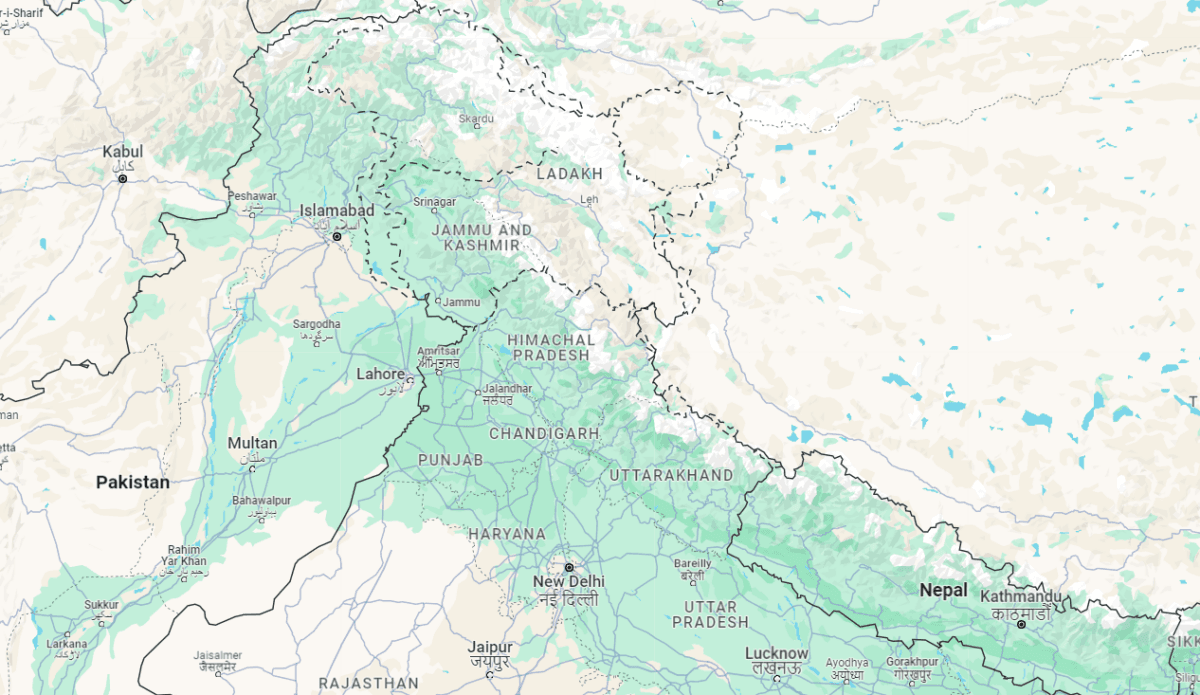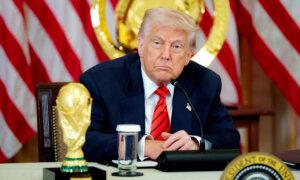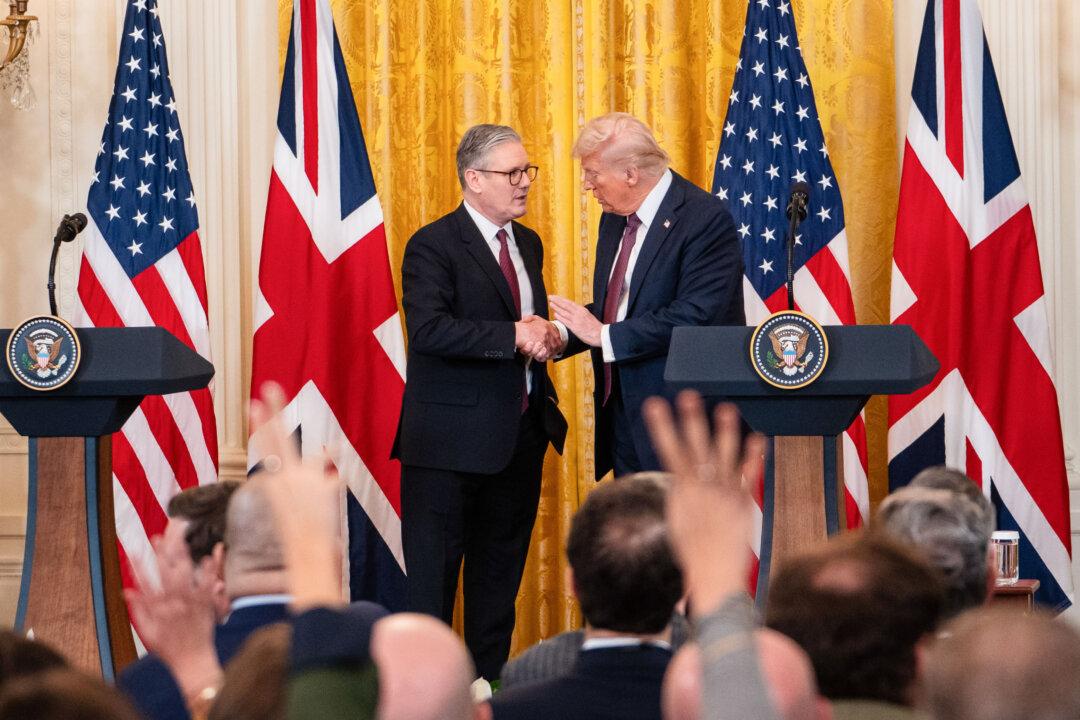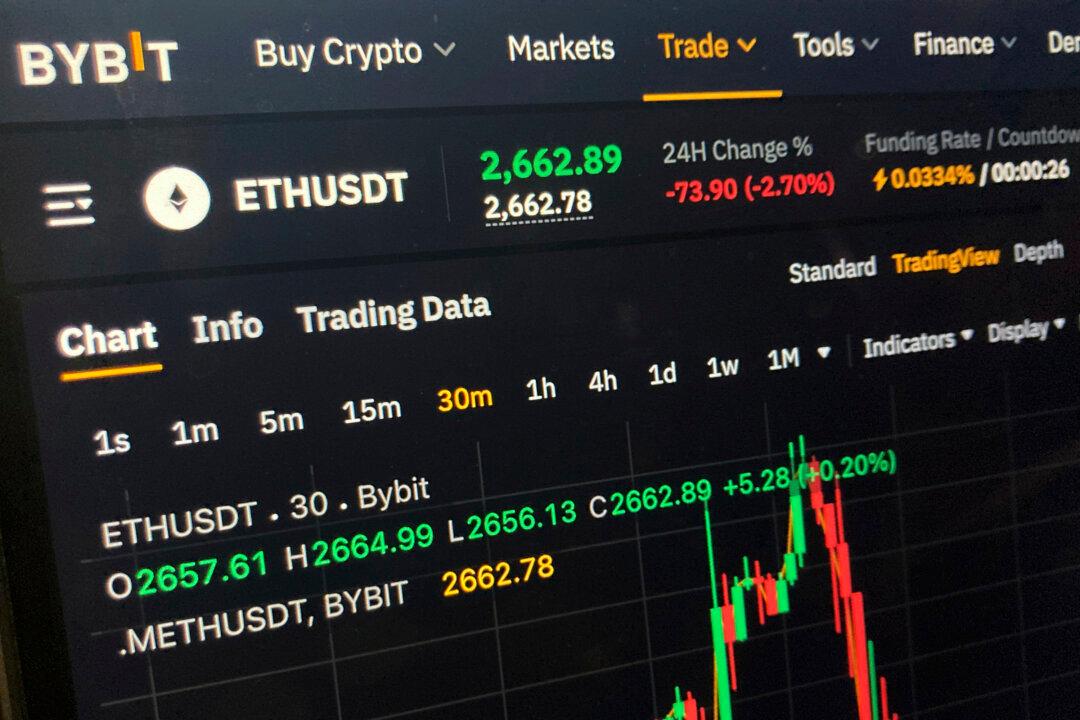Twelve Indian drones were shot down overnight after being intercepted by air defense systems, Pakistani army spokesman Lt. Gen. Ahmad Sharif said on May 8.
He said that one drone wounded four soldiers and damaged a military target near the city of Lahore and that a civilian was killed when debris from a drone fell in a populated area of Sindh Province in southern Pakistan.
India had not commented as of publication time, and The Epoch Times was unable to verify the claims made by Pakistan.
Crisis Began When Terrorists Attacked Tourists
After several relatively quiet years, a terrorist attack in Indian-administered Kashmir on April 22 suddenly ratcheted up tensions between India and Pakistan.Three gunmen killed 26 people, mostly male Hindu tourists, during the attack in Baisaran meadow, three miles from the resort town of Pahalgam.
An unknown group called the Kashmir Resistance, also known as The Resistance Front, claimed responsibility, and India suggested the group was an offshoot of Lashkar-e-Taiba, a terrorist group that has in the past attacked the Indian military and police in Indian-administered Kashmir.
India Responded With Air Strikes
India responded on April 23 and announced at a special briefing that it was suspending the Indus Waters Treaty, canceling the visas of Pakistani nationals in India, and expelling several Pakistani diplomats.Sharif said that 26 civilians were killed by Indian missile strikes and that another five were killed by Indian artillery shells fired across the “line of control,” which demarcates the separate areas administered by India and Pakistan in Kashmir.
India claimed that at least seven civilians had been killed in the district of Poonch after Pakistan fired artillery across the line of control.
The casualty figures could not be independently verified by The Epoch Times.
Pakistan Says It Shot Down Jets
A Pakistani military spokesperson said five Indian aircraft were shot down on May 7.India has so far not confirmed the loss of any aircraft.
The Epoch Times was unable to verify Pakistan’s claims.
Reports and photographs have emerged of aircraft wreckage near three villages in India-administered Kashmir.
International Reaction
After the April 22 attacks, U.S. President Donald Trump wrote on Truth Social: “Deeply disturbing news out of Kashmir. The United States stands strong with India against terrorism.”When asked about the Indian air strikes by reporters at the White House on May 7, Trump said: “It’s a shame. Just heard about it. I guess people knew something was going to happen based on a little bit of the past. They’ve been fighting for a long time. They’ve been fighting for many, many decades. I hope it ends very quickly.”
Stéphane Dujarric, a spokesman for U.N. Secretary-General António Guterres, said that the secretary-general was calling for restraint from both countries.
Roots of Conflict in Kashmir
In 1947, the British Empire withdrew from the sub-continent, after agreeing to partition the region between Hindu-majority India and Muslim-majority Pakistan.
War then broke out between India and Pakistan, which ended with two-thirds of Kashmir in the hands of India.
There was another major war in 1965 and a smaller conflict, in the Kargil district of Kashmir, in 1999.
India administers the majority of Kashmir, but Pakistan administers the northern and western areas, and China controls territory in the east, some of which was ceded by Pakistan.







